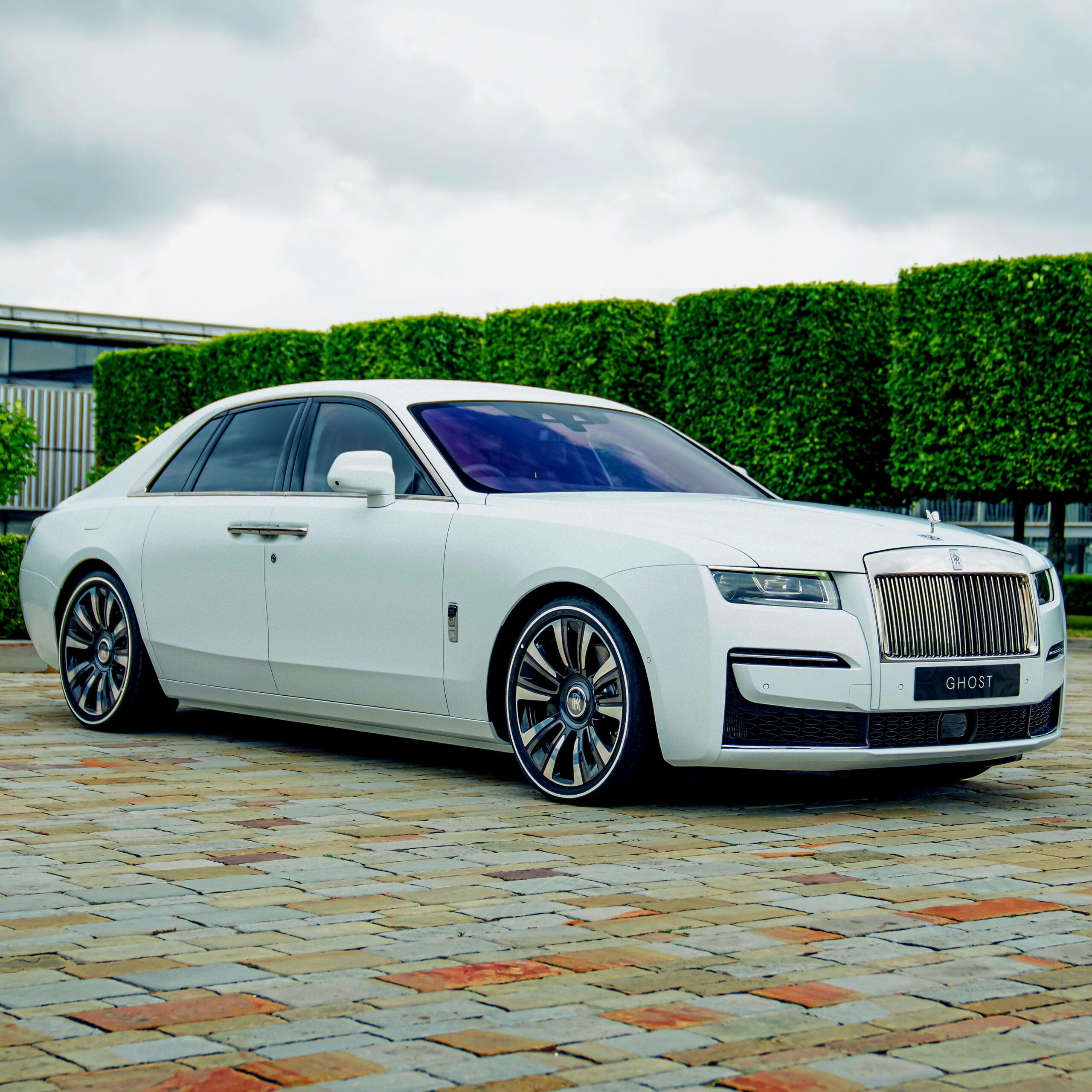An Insider’s Guide to Understanding Auction Terminology and Processes
Auto auctions are exciting events, with people bidding on vehicles from trucks and cars to motorcycles and boats and excess government equipment. Auctions can be a bit intimidating when you don’t know the terminology used to buy and sell cars though. Most auctions use the same language, so the same terms are used when bidding online for SCA autos as when bidding in person on exotic cars at a Barrett-Jackson auction.
We’ve compiled a list of the most common terms used at auctions to help you understand what everyone is talking about, since auctions move fast. Keep reading for a quick list of the most common jargon:
Terminology Used in Auto Auctions
Aftermarket: This term is used to describe any equipment or products on a vehicle that are not factory parts. Aftermarket parts can be anything from radios to bumpers to body parts. Spoilers and sport packages can sometimes be aftermarket parts that have been put on after the vehicle has left the dealership.
Auctioneer: This person tracks and encourages bids from people in the audience. They ensure that bidders are recognized and their bids are recorded. Some auctions have a second auctioneer to help keep the bidding organized and moving.
Lot: An individual or group of vehicles up for auction is known as a lot.
Hammer Price: This is the price at which bidding closes, signified by the auctioneer’s hammer falling. It doesn’t include additional costs such as buyer’s premium, doc fees, transportation, or taxes.
Reserve Price: The minimum price the seller is willing to accept for a vehicle is the reserve price. The vehicle will not be sold if bidding doesn’t reach the reserve price, and this price is usually not disclosed to bidders if the reserve is not met.
No Reserve: This means there is no reserve and that the highest bid is the winner.
Buyer’s Premium: The auction’s commission for handling the sale. The percentage will vary from auction house to auction house.
Title: A clear title means that there are no outstanding claims on the car, such as loans or liens. A salvage title means that you must restore the vehicle and meet DMV compliance before it can be registered and driven on the roads. A junk title means that the car is only good for parts.
Doc Fees: These fees might be charged in addition to other fees like the buyer’s premium, taxes, etc. They are earmarked for costs associated with paperwork and other filings. Not all auction houses will have doc fees.
Pre-Sale Inspection: An examination of the vehicle by an expert mechanic before the auction. It gives potential buyers a chance to identify any issues or repairs needed. Most auction houses have a list of third-party people you can hire to do this for you if you need.
Auto Auction Processes
Once you understand the terminology, it’s easier to understand the steps required for a car to go from the seller to the auction block to the final bid. Here are some more terms that make up these processes:
Catalog: Before the auction, the auction house releases a catalog. It lists all of the lots along with their estimates and descriptions. Detailed photographs, condition reports, and origin information is usually included. This is your opportunity to research and decide on which vehicles to bid on. You can see this information online before the auction begins.
Inspection: Some auction houses will allow pre-auction viewing or inspections of vehicles. This is a chance to physically examine the vehicles that you’re interested in and confirm their condition, mileage, and title status. Again, you can hire a third-party to do this for you if you’re unable to attend the auction in person.
Registration: To participate in the auction, you must register with the auction house. You might need to provide identification and possibly a deposit.
Bidding: The auctioneer presents each lot, and then the bidding begins. Participants signal their bids in various ways, such as by raising a hand or nodding. Online and phone bidding are also often available. Keep in mind the other costs involved when you set your maximum bid. You’ll still need to pay taxes, title, commission, transportation, and other fees.
Pre-bid: Sometimes, you can pre-bid before the auction starts, and the highest pre-bid determines the starting bid.
Buy It Now: Some auctions have a BIN price, which means that you can skip the auction and buy the car for the set price. If you think the car will go for less money, then wait for the auction, but if you feel it will bid higher because it’s an in-demand car, use the Buy It Now option and secure the win immediately.
Bill of Sale: This is given to you once you’ve won the auction. It recaps the vehicle, the conditions of the sale, warranty information, and any other terms of the auction house.
Clerk Ticket: This is the contract that includes the lot number and the final price. The Clerk handles the paperwork and makes sure that you sign all of the paperwork.
Auto auctions can be exciting, especially if you want to save money on a new-to-you car or truck. Once you know the terminology, you can bid confidently and win the vehicle without getting lost in the process.






